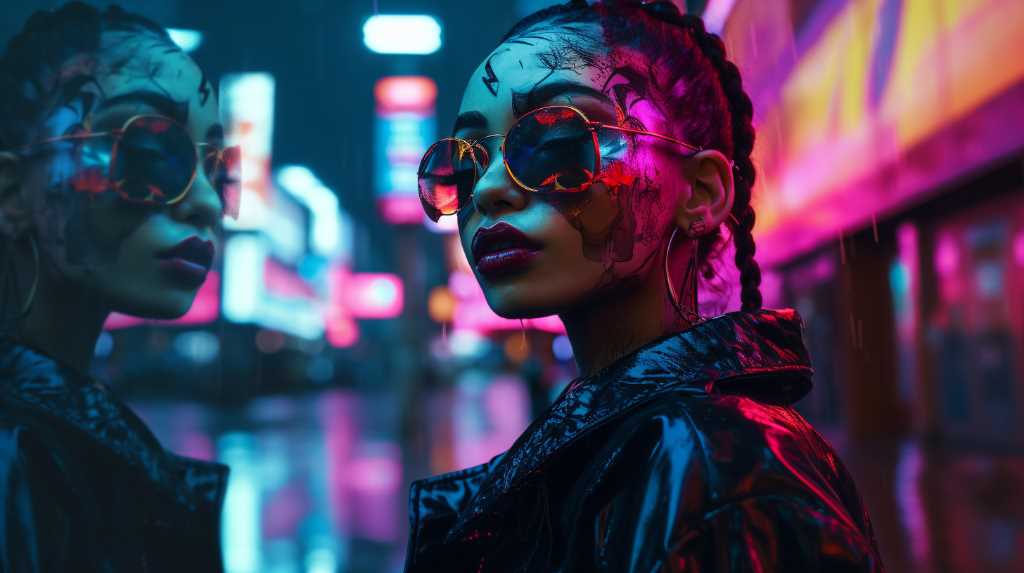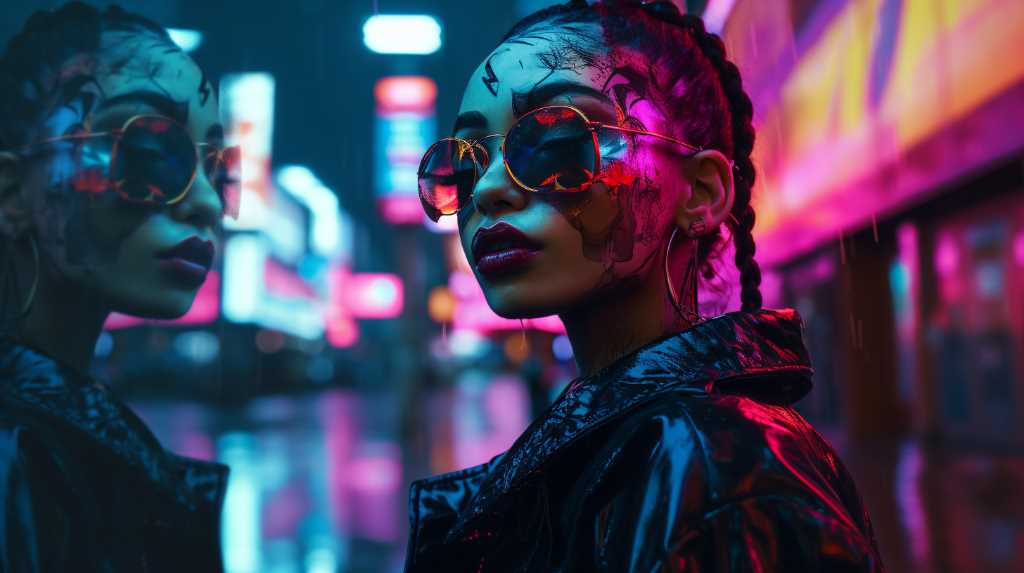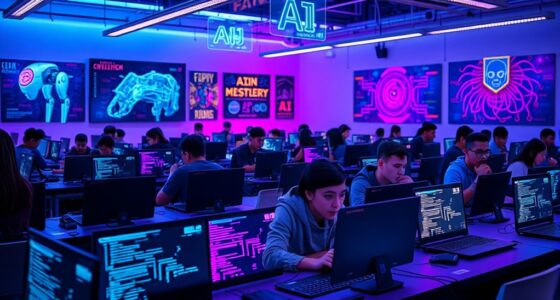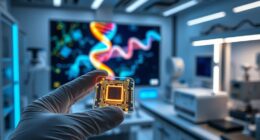
A group of researchers from the University of Chicago has introduced a new tool called Nightshade, designed to disrupt AI models that learn from artistic imagery. The tool, currently in the development stage, enables artists to safeguard their work by subtly modifying pixels in images, creating imperceptible differences to the human eye but causing confusion for AI models.
Artists concerned about unauthorized use of their work in AI products
Artists and creators have expressed concerns over the use of their work in training commercial AI products without their consent. AI models heavily rely on multimedia data, including written material and images, often scraped from the web, to function effectively. Nightshade offers a potential solution by sabotaging this data, thereby protecting artists’ work.
Nightshade confuses AI models by altering images
When integrated into digital artwork, Nightshade misleads AI models, causing them to misidentify objects and scenes. For example, Nightshade can transform images of dogs into data that appears to AI models as cats. In a test, after exposure to just 100 altered images, the AI consistently generated a cat when asked for a dog, showcasing the effectiveness of the tool.
Undermining the accuracy of AI-generated content
Nightshade not only confuses AI models but also challenges the fundamental way generative AI operates. By exploiting the clustering of similar words and ideas in AI models, Nightshade can manipulate responses to specific prompts and further undermine the accuracy of AI-generated content.

Developed by computer science professor Ben Zhao and team
Nightshade is an extension of a prior product called Glaze, developed by computer science professor Ben Zhao and his team. Glaze cloaks digital artwork and distorts pixels to baffle AI models regarding artistic style. Nightshade takes this concept further by altering pixels to confuse AI models in their perception of objects and scenes.
Shifting power back to artists and discouraging intellectual property violations
While there is potential for misuse of Nightshade, the researchers’ primary objective is to shift the balance of power from AI companies back to artists and discourage intellectual property violations. With Nightshade, artists have a tool to protect their creative endeavors and maintain control over how their work is used.
A major challenge for AI developers
The introduction of Nightshade presents a significant challenge for AI developers. Detecting and removing images with altered pixels is a complex task due to the imperceptible nature of the alterations. Companies relying on stolen or unauthorized data will face the hurdle of removing and potentially retraining their AI models if Nightshade becomes integrated into existing AI training datasets.
Hope for artists seeking protection for their work
As the researchers await peer review of their work, Nightshade offers hope for artists who are seeking to protect their creative endeavors from unauthorized use and maintain control over their work.











